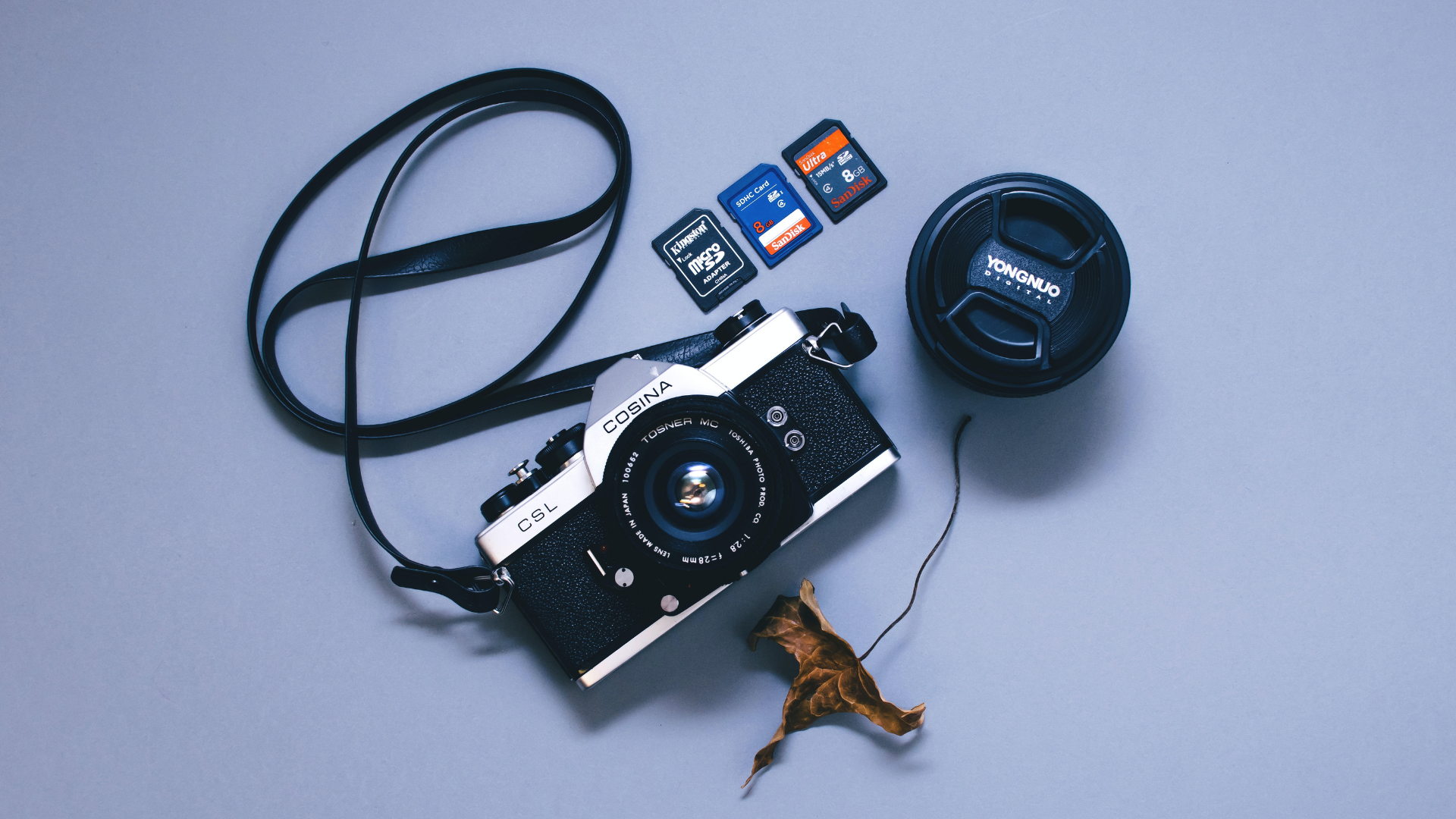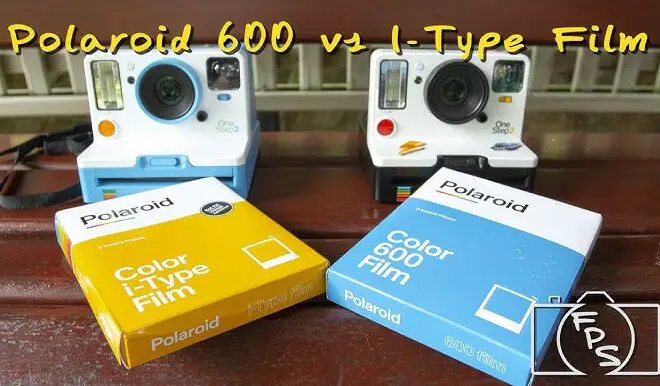
Nikon Z5 Vs. Z50: Which Mirrorless Camera Should You Go For?
As an Amazon Associate, I earn from qualifying purchases.
Nikon Z5 and Z50 are two excellent models from Nikon that may come to your mind while thinking about buying your first mirrorless camera.
Both cameras offer advanced features for photography enthusiasts, but due to the significant differences between these two models, but the Nikon Z5 is the one camera may well be favorable in this comparison.
Keep reading to figure out which of these two incredible cameras will become your ultimate choice and why.
Nikon Z5 vs. Z50: Quick Comparison Table
Here are some quick comparisons between the two cameras:
| Features | Z5 | Z50 |
| Sensor | 24.3 MP | 20.9 MP |
| Native ISO Sensitivity | 100-51,200 | 100-51,200 |
| In-Body Image Stabilization | 5-Axis | No |
| Weight (Body Only) | 590 g | 395 g |
| Shutter Speed Range | 1/8000 – 30 seconds | 1/4000 to 30 seconds |
| Storage | 2× SD UHS-II | 1× SD, UHS-I Compatible |
| WiFi / Bluetooth | Yes | Yes |
| Battery Life | 470 shots | 320 Shots |
What are the Differences Between Nikon Z5 and Z50?
You may find many differences between Nikon Z5 and Z5o, however, there are some significant similarities that they also share certainly.
Before we get into the differences, let’s look at the similarities between the two cameras:
– A DX-format (APS-C) CMOS sensor, which provides good image quality and low-light performance, is present in both cameras.
– A 3.2-inch tilting touchscreen is on both the Z5 and Z50 which makes these cameras simpler to compose photographs from various angles.
– Both cameras’ native ISO settings, which range from 100 to 51,200, can be raised to 204,800 in low-light conditions.

Nikon Z5

Nikon Z50
Now let’s have a brief discussion about the differences between Nikon Z5 Vs Z50
Sensor:
The APS-C-sized CMOS sensor featured in the Nikon Z50 is smaller than the full-frame (FX-format) CMOS sensor used in the Nikon Z5. In low-light conditions, the full-frame sensor offers a wider field of view and generally higher image quality.
Both cameras have a native ISO range of 100 to 51,200, however, the Nikon Z5 performs better at high ISO levels because of its bigger sensor.
The ISO on the Z5 can be raised to ISO 102,400, while the ISO on the Z50 can be raised to ISO 204,800.
Despite the fact that both the Nikon Z5 and Z50 have adequate sensors, the Z5’s bigger sensor offers superior image quality, low-light performance, and dynamic range when compared to the Z50’s APS-C sensor.
Viewfinder:
The 51-point focusing system of the Nikon D7500 is more sophisticated than the 39-point autofocus system on the Nikon D5600.
The TTL phase detection AF mechanism used by both cameras enables quick and precise autofocus performance.
The D7500 has a wider and more thorough AF coverage since the AF points on the D5600 cover a smaller portion of the frame than do those on the D7500.
If we think about the performance of the autofocus system, The D7500’s AF system is more advanced and offers superior performance compared to the D5600.
The electronic viewfinders (EVFs) of the Nikon Z5 and Z50 both provide a high-resolution glimpse of the scene.
Yet the Nikon Z5 boasts a higher-resolution electronic viewfinder than the Z50, with 3.69 million dots as opposed to 2.36 million. As a result, the Z5’s viewfinder shows more detail and has a sharper appearance.
The viewfinder of the Nikon Z5 is also marginally bigger than the one on the Z50. The OLED viewfinder on the Z5 measures 0.5 inches, while the one on the Z50 measures 0.39 inches. In particular, for people wearing spectacles, the Z5’s bigger viewfinder may make it simpler to see the complete frame.
Screen:
The Z50’s 3.2-inch touchscreen is marginally smaller than the Nikon Z5’s larger 3.2-inch touchscreen.
The touchscreen of the Nikon Z5 has a resolution of 1.04 million dots, which is higher than that of the Z50’s touchscreen, which has 1.04 million dots.
The Z5’s screen tilts at a wider degree, however, both screens tilt for easier shooting from low and high angles. The screen of the Nikon Z50 can be tilted up to 90 degrees upwards and 180 degrees downwards, compared to the 180 degrees upwards and 90 degrees downwards of the Z5’s screen.
In general, the Nikon Z5 and Z50 both offer excellent touchscreens that tilt for simpler photography from various angles.
The Z5, however, is a more adaptable and user-friendly option due to its larger and higher-resolution display, greater tilt range, and extra touch functionalities.
Battery:
Unlike the Z50, which utilizes a smaller EN-EL25 battery, the Nikon Z5 makes use of a larger EN-EL15c rechargeable lithium-ion battery.
Compared to the Z50, the Nikon Z5 has a longer battery life. Nikon claims that the Z5 can shoot up to 470 photos with the EVF and 390 photos with the LCD on a single battery. When using the EVF, the Z50 can take up to 320 pictures, while using the LCD, it can take up to 970.
For shooting for lengthy periods of time, the larger battery in the Nikon Z5 allows for a longer battery life than the Z50. Moreover, it is more convenient to be able to charge the Z5’s battery while it is inside the camera using USB.
Video:
Both the Nikon Z5 and Z50 can capture high-definition video, but the Z5 can do so at a frame rate of 30 frames per second while the Z50 can do it at a rate of 30 frames per second and 120 frames per second for 1080p Full HD video.
Cinematic effects can be achieved with the Z50’s ability to capture slow-motion footage at up to 120 frames per second in 1080p Full HD.
Both cameras have quick and precise autofocus systems, but the Z50’s autofocus is more sophisticated and can track subjects more successfully while filming videos.
The Z50 has certain advantages in terms of slow-motion recording and video autofocus, despite the fact that both cameras are capable of producing high-quality video.
However, the Z5’s capacity to capture 4K UHD video at a greater bit rate might produce footage of superior quality, making it a suitable alternative for individuals who value video quality over slow-motion or sophisticated autofocus features.
Price:
Both the Nikon Z5 and Z50 are top-notch cameras, however, due to differences in features and capabilities, their costs vary.
According to my research, the Nikon Z50 now costs around $888 for the body itself, and the Nikon Z5 typically costs around $1,280.
It’s important to keep in mind that costs can change based on the merchant, location, and other elements. Also, as newer models are introduced or as supply and demand shift over time, pricing may change.
Nikon Z5 or Z50: Why You Should Choose Z5 Over Z50?
The Nikon Z5 or Z50 relies on your personal photographic requirements and spending limit.
A bigger full-frame sensor in the Nikon Z5 enables higher image quality and low-light performance. The Z5 might be a better option if image quality is your top concern.
Also, compared to the Z50, the Nikon Z5 sports a more advanced autofocus technology with more focus points, which can improve subject tracking and overall AF performance.
The Nikon Z5 boasts greater video features than the Z50 in terms of video quality, including 4K UHD video recording, in-body image stabilization, and the capacity to record 1080p at 120 frames per second for the slow-motion film.
When money becomes an issue, in general, the Nikon Z50 is more affordable than the Z5, making it a more cost-effective choice.
Moreover, in comparison to the Nikon Z5, the Z50 is lighter and smaller, making it a more portable solution for travel or daily usage. In the end, the Z5 is a superior option for serious photographers who want the highest image quality and more advanced capabilities, even though the Z50 is a smaller and more affordable alternative.
- Read Also: Nikon D500 vs. D7500: Which Camera Should You Go For?
- Read Also: Sony A7IV vs. A7RV: Features, Specifications and Differences
- Read Also: Sony A1 vs. A7R IV: Which Camera Should You Choose?
- Read Also: Nikon D5600 vs. D7500: Which Camera Should You Go For?
- Read Also: Nikon D3500 vs Canon T7: Which Camera Should You Choose?



